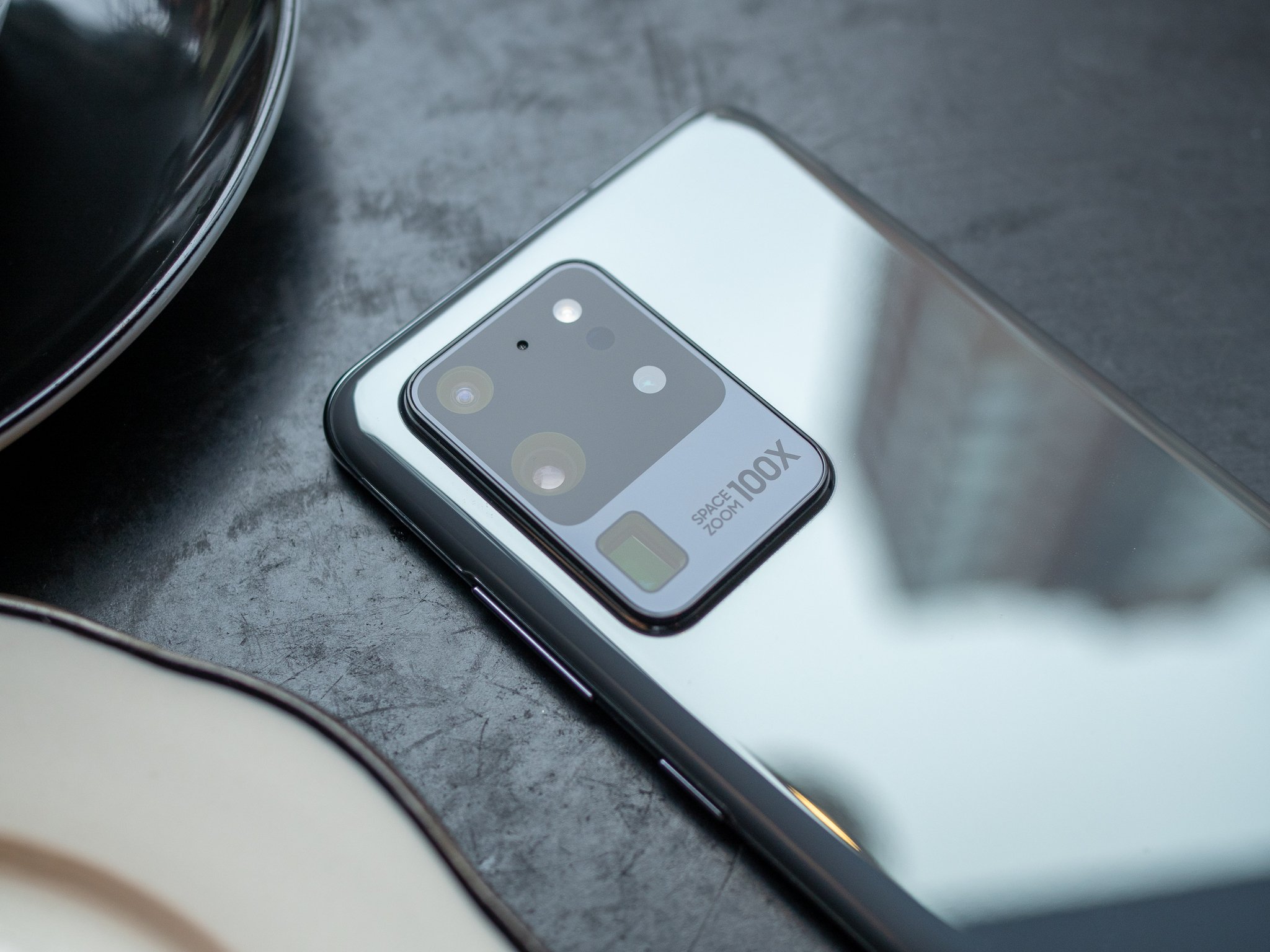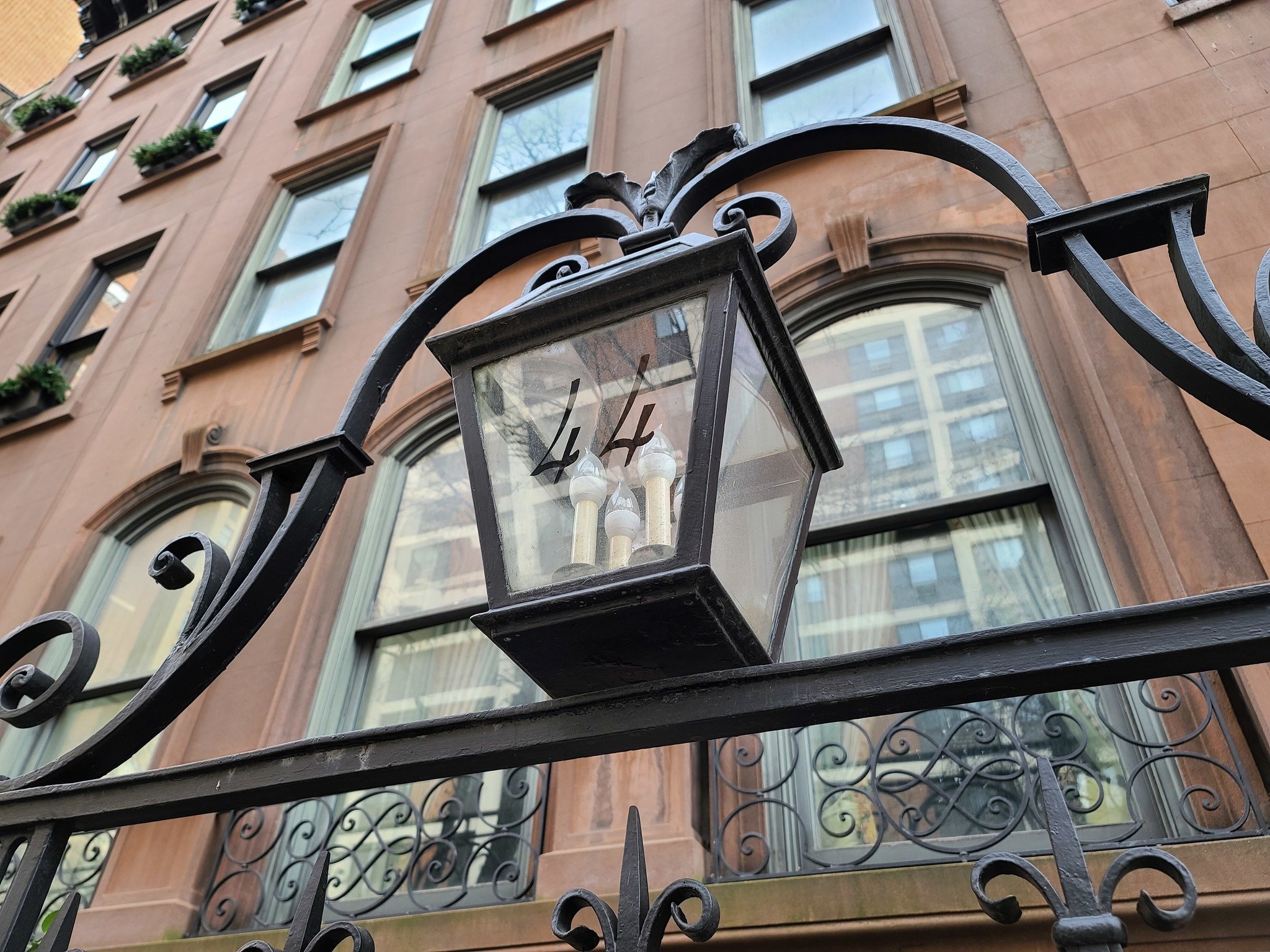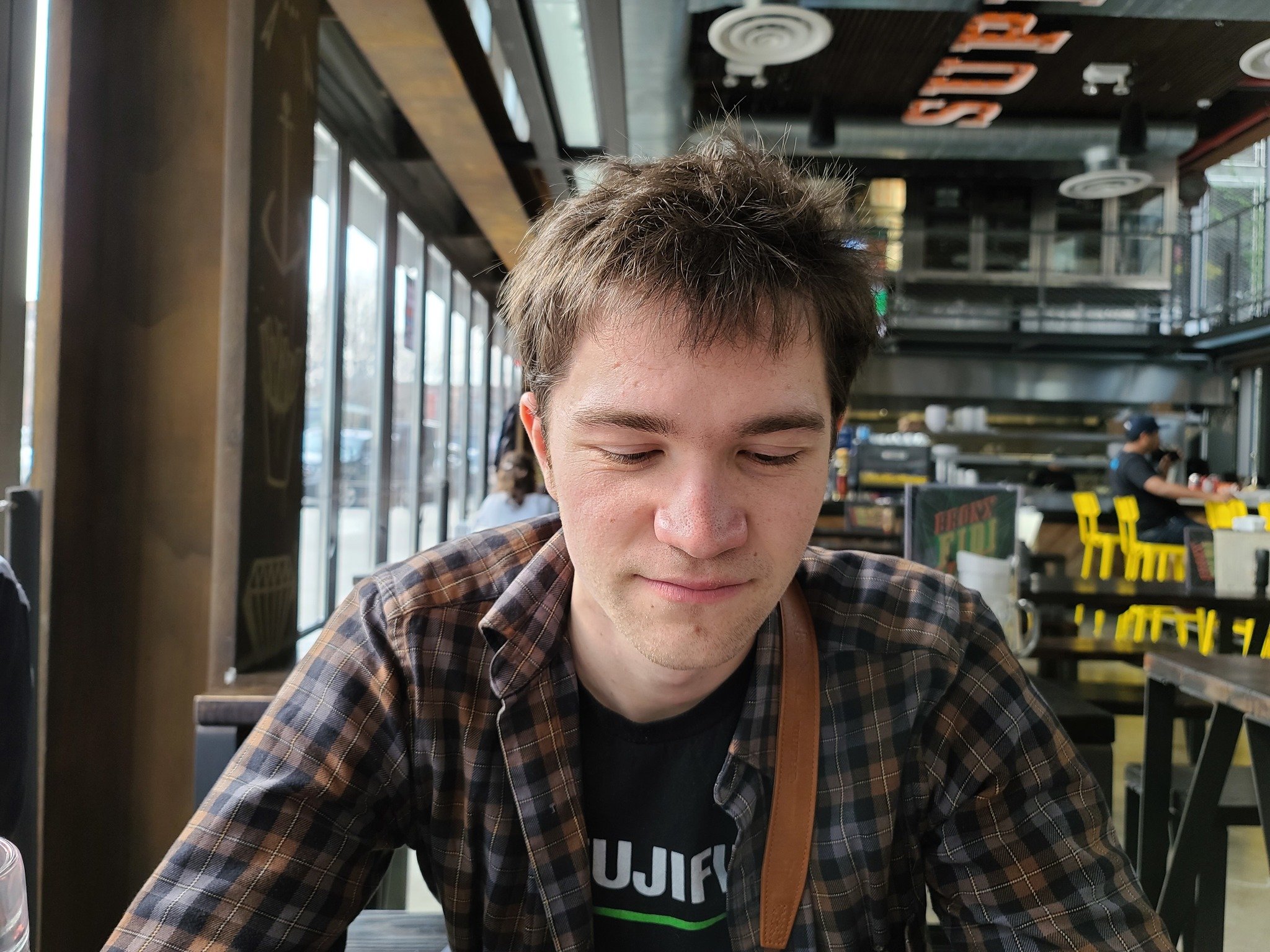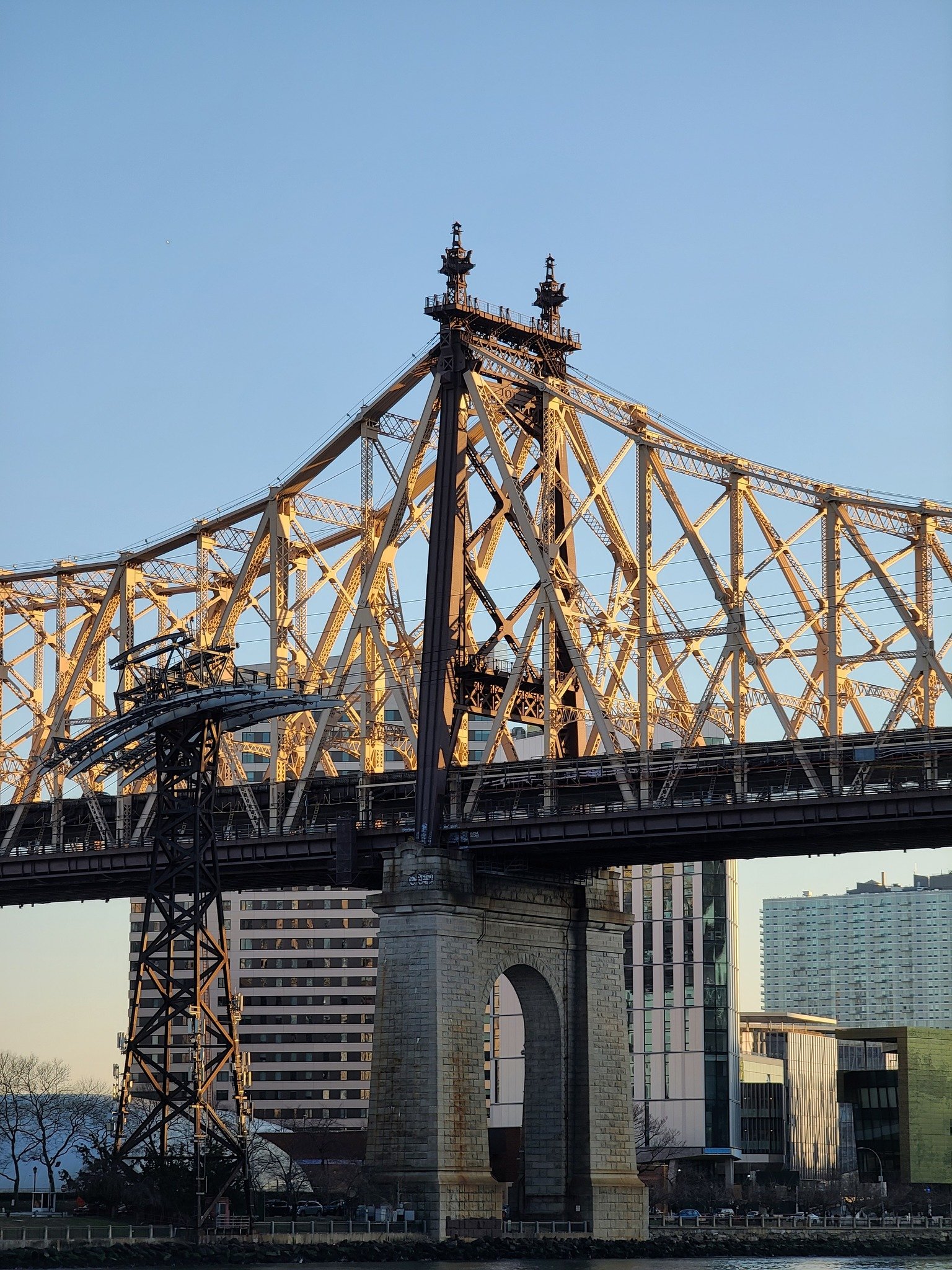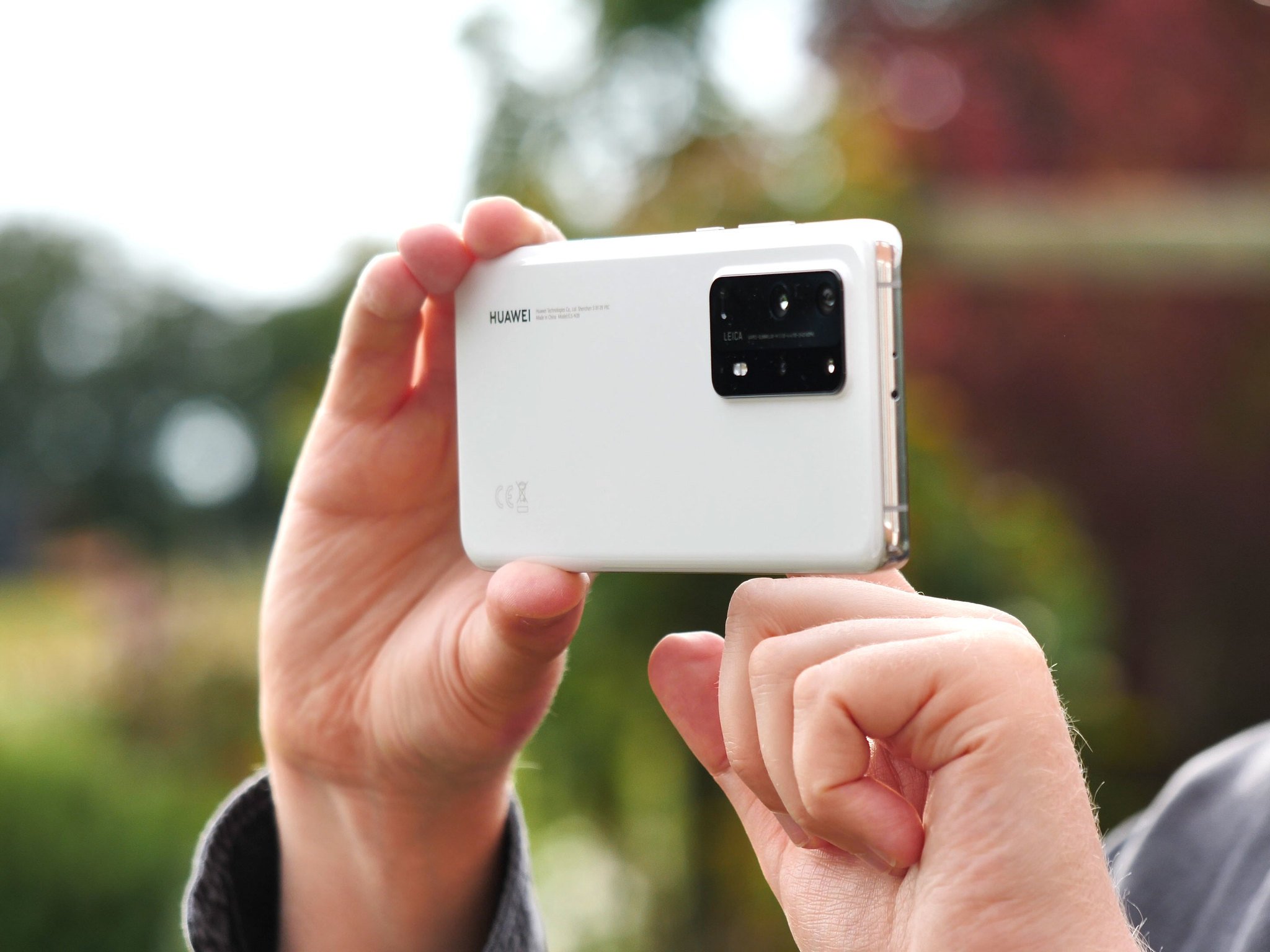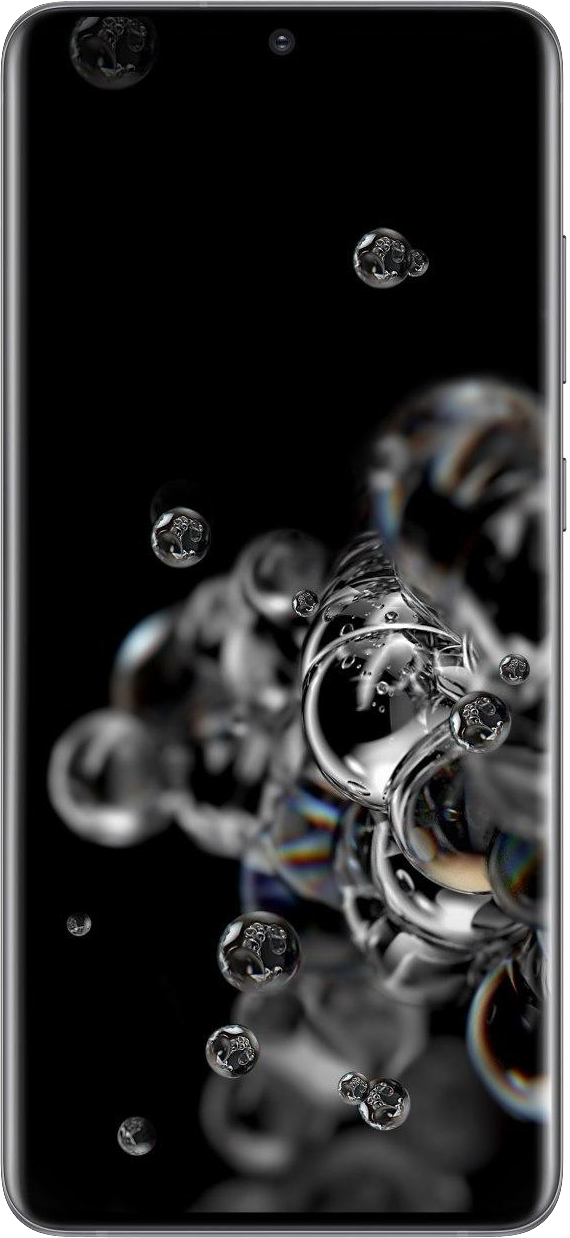Smartphone camera sensors have gotten pretty huge in the last year. The Galaxy S20 Ultra has a massive 1/1.33-inch sensor in its main camera, along with a 1/2-inch telephoto sensor. The Huawei P40 Pro Plus that Alex just reviewed has an even larger main sensor is at 1/1.28 inches.
Before we get too lost in the numbers, let's talk about what all of that actually means. Larger camera sensors aid in all sorts of aspects of photography, from depth of field to low light performance. This is the main reason why dedicated cameras are able to take such great photos in various conditions, while smartphones have a particularly hard time when shooting in low light.
Smartphones work round their tiny camera sensors with clever image processing software.
Of course, smartphone manufacturers have found plenty of ways around the limitations of these tiny sensors. Google truly blew me away when it first demoed the Night Sight capabilities of the Pixel 3 a few years back, which uses a combination of HDR processing and semi-long exposures, and since then, we've seen various night modes crop up on just about every new phone released.
They took another massive leap forward with astrophotography on the Pixel 4, and of course, Google and other manufacturers have also put large focuses on features like portrait photography and semantic segmentation. The point is, image processing and software is a huge advantage of smartphone photography that even high-end cameras have trouble competing with.
When you combine that image processing with the relatively huge sensors in phones like the Galaxy S20 Ultra, Huawei P40 Pro Plus, or LG V60, you can get some fantastic results. Take a look at some of the photos below that we shot on the S20 Ultra for our review a few months back; you'd be forgiven for mistaking some of them for photos taken on a standalone camera, thanks in large part to the crisp bokeh that you'd typically only get from a phone using portrait mode.
As impressive as some of these photos are, there's also a pretty noticeable problem in the close-up shots of the coffee cup and beer glass. Between the large sensor and the wide f/1.8 aperture, the S20 Ultra actually managed to throw the text on each item out of focus as it wrapped around. That's because at such a wide aperture, the focal plane gets too narrow to keep everything in focus in one shot.
This is a problem I run into when shooting similarly close subjects with my Sony a7 III, but the difference there is that I can physically stop my aperture down until everything is in focus — albeit with the tradeoff of losing some light and depth.
Here's the kicker: Samsung actually used to offer dual apertures with the Galaxy S9, allowing you to dynamically switch between f/1.5 and f/2.4. In fact, the feature stuck around in subsequent releases, and wasn't phased out until the release of the S20 Ultra. Back then, the S9's 1/2.5-inch sensor was just too small for this system to really make a noticeable difference, but it could've been a huge help with the S20 Ultra.
Too much depth can be a bad thing.
Beyond depth, larger sensors are also able to take in more light, which means you can generally expect better low light performance from phones like the S20 Ultra and P40 Pro Plus. But most of these recent phones with large sensors are also opting for high megapixel counts — particularly with the S20 Ultra, you get a whopping 108MP primary sensor. That means smaller individual pixels, which leads to more grain and less precise color information.
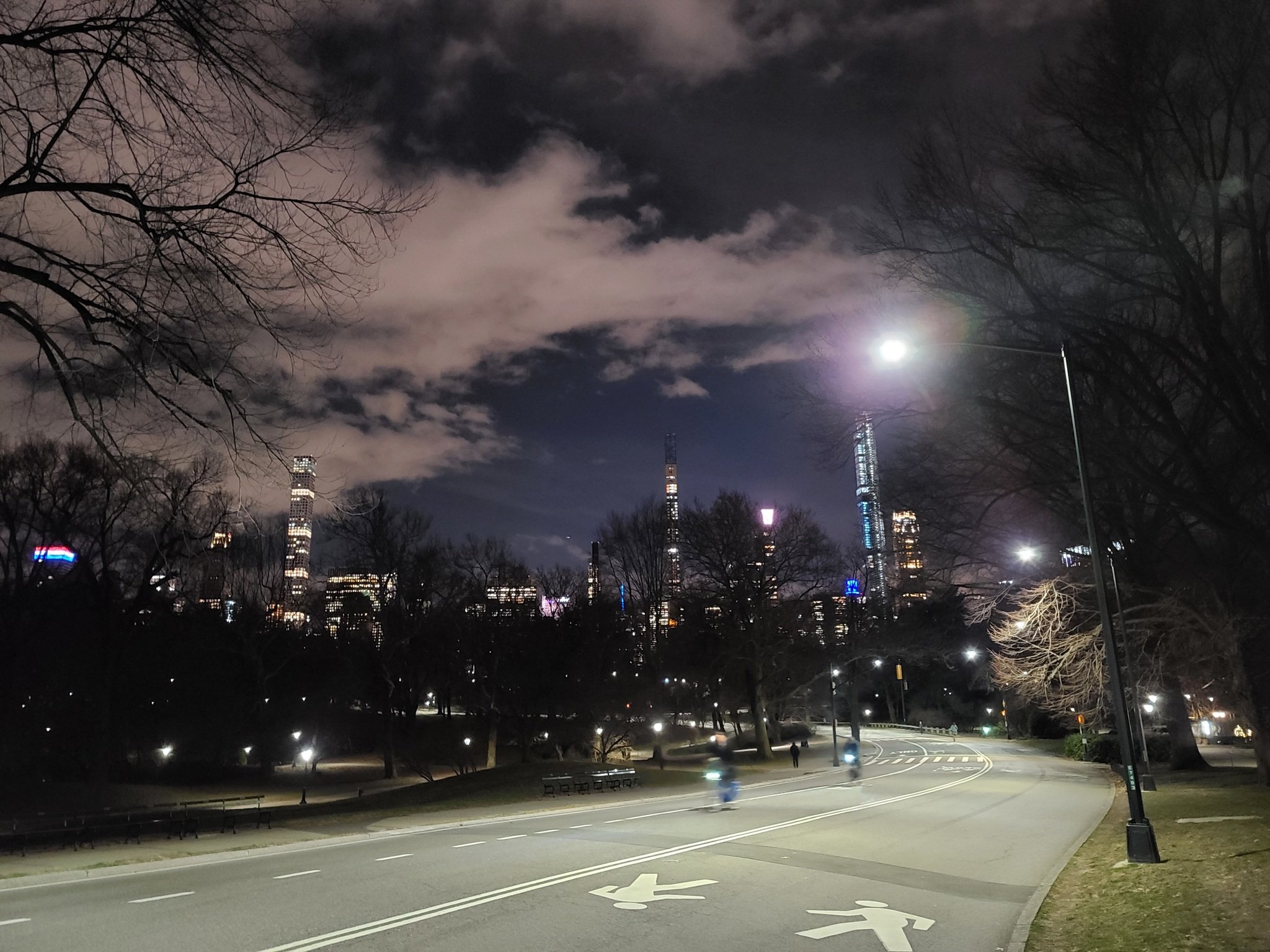 Note the graininess of this low-light shot.
Note the graininess of this low-light shot.
This is why most of these phones use pixel binning, which combines information from neighboring pixels together to produce cleaner photos with more dynamic range and better colors at a much more manageable resolution. On the S20 Ultra, Samsung opted for 9:1 pixel binning to downsample its 108MP shots into 12MP photos.
Overall, I do prefer having the option of a larger sensor in phones, but it isn't without its disadvantages. I wish Samsung wouldn't have ditched its dual aperture feature right in tandem with the release of a phone that could actually benefit from it, and I'm hoping it isn't long before another manufacturer gives it a go.
Space Zoom
Samsung Galaxy S20 Ultra
$1200 at Amazon $1200 at Best Buy $1200 at B&H
Big screen, big battery, and even bigger cameras
The Galaxy S20 Ultra has just about everything. Its massive 6.9-inch AMOLED display is stunning, and the 5000mAh battery powers the 5G-capable hardware all day. Of course, it also features a 108MP camera, backed by a 100X Space Zoom lens and an ultra-wide angle.
Source: https://ift.tt/2zOLRSk
